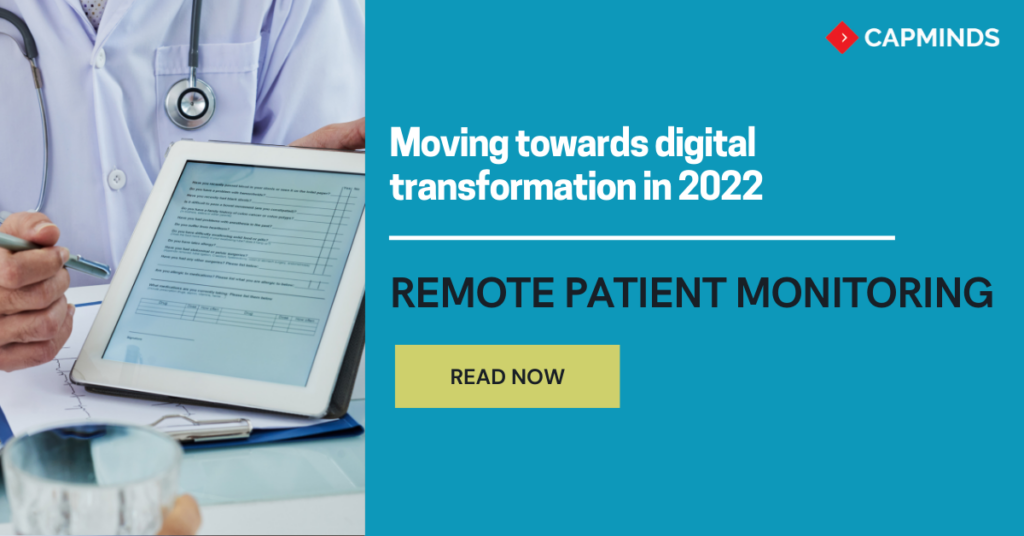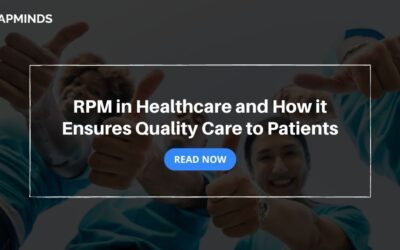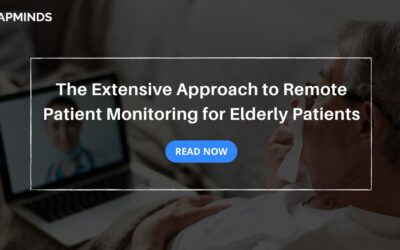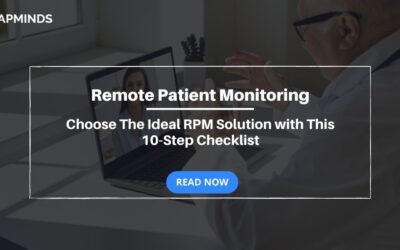Remote Patient Monitoring: Moving Towards Digital Transformation In 2022
Today It’s very hard to pinpoint things that haven’t been digitized over the past two years. The first and foremost field that aptly fits into this trend is the healthcare industry. This digital transformation of healthcare has prevented many of us from the Covid, and at the same time helped us to remain connected with our regular checkups, get medications online, and so on.
The digital tools have brought a lot of transformation in inpatient care. People are so interested in attending video calls and getting connected with their physicians at their comfort place. So, as of today, virtual telehealth and other consultation platforms have proven extremely popular-even among the older generations.
Not only virtual visit platform, but the pandemic also brought another digital trend to access healthcare online – Remote Patient Monitoring(RPM)
RPM involves providing patients with wearable healthcare devices, symptom trackers, health monitoring devices, and patient portals. This RPM system enables healthcare providers to easily monitor their patient’s physical signs. So they can make clear analyses about their health condition and provide treatment recommendations (when necessary).
What benefits does RPM hold? And who gains more benefits from this remote patient monitoring(RPM) program. Overall RPM services benefit both patients and healthcare providers by reducing in-person visits and making everything easy today.
This guide will walk you through the digital transformation we attained with remote patient monitoring.
Beyond The Pandemic
It’s important to note that the advantages of remote patient monitoring (RPM) don’t simply apply to the pandemic, even if it’s sure to help us combat the virus as we live with it for some time to come.
READ MORE: 3 BLUNDERS TO AVOID IN YOUR REMOTE PATIENT MONITORING PROGRAMS
The Full Potential Of RPM
In the hugely competitive telehealth space, it’s clear that many of the early inroads in RPM have been made by leveraging a limited suite of measurement devices to tackle medical conditions that are mainly cardiovascular or respiratory.
Thus, there remains a huge amount of untapped potential to harness RPM in the assessment and monitoring of other disease areas with a host of other tools.
Computerized tests can offer a wealth of potential benefits over traditional, pen-and-paper assessments, from increased measurement sensitivity to the prospect of self-administered testing and the automation of lengthy marking processes. Along with all the other benefits of remote testing outlined above, this could, I believe, revolutionize the long-term management of a growing number of disorders.
That’s to say nothing of a host of conditions that physicians find it notoriously hard to gain insight into — from ADHD to depressive disorders and chronic fatigue syndrome — nor of the potential of smartwatches and other wearables to provide unique data insights.
READ MORE: EXPERT’S GUIDE:WHY TO FOCUS ON REMOTE PATIENT MONITORING?
Final Thoughts
As healthcare organizations are stepping towards adopting the new technologies willingly, digital health stands on the top today. This pandemic has not only opened the right doors for better clinician-patient engagement but has also shown that remote care is also effective as face-to-face care.
Due to the emergence of Covid-19, some health practices are finding it difficult to serve patients outside the clinic – remote patient monitoring has created a huge opportunity. CapMinds offers the best remote patient monitoring services that can help you to effectively implement your RPM program and drive better practice growth.
Interested in implementing RPM services for your practice?



